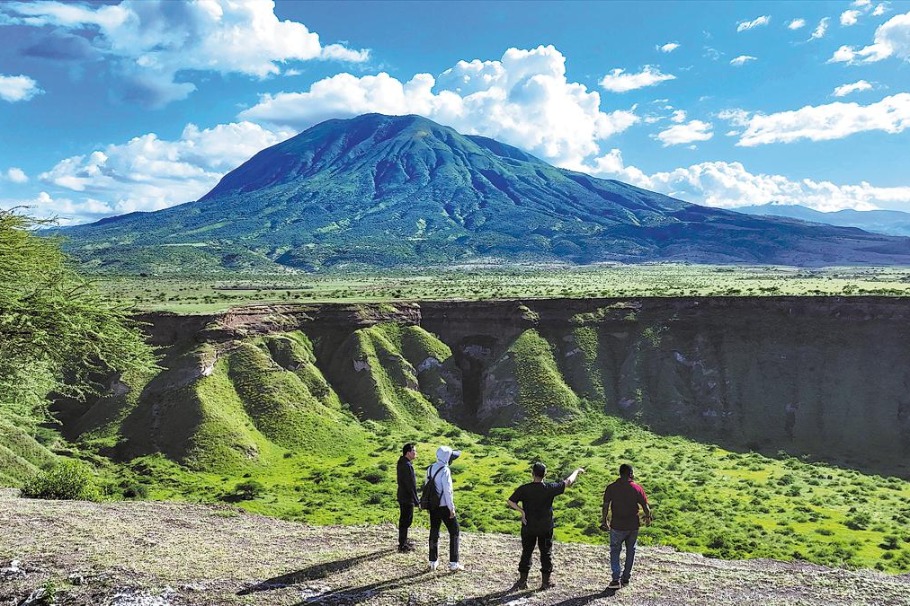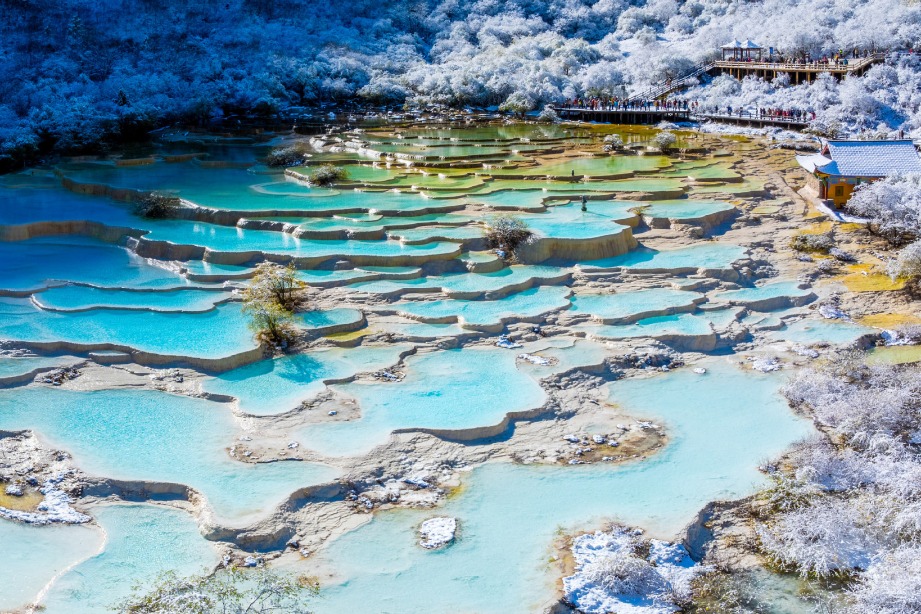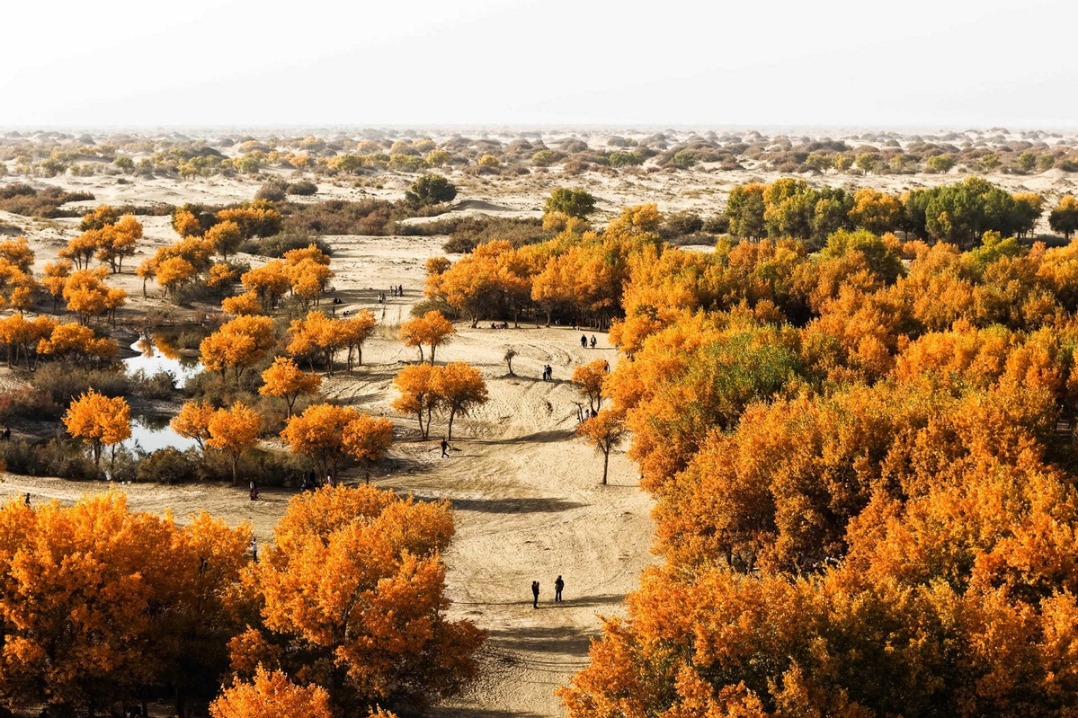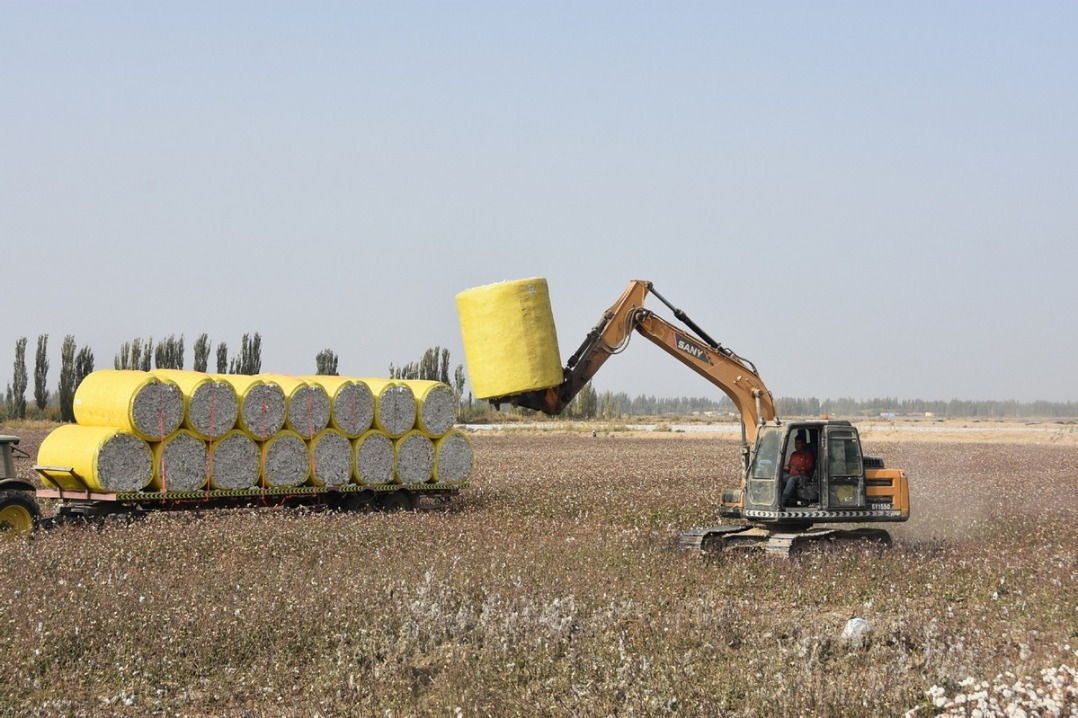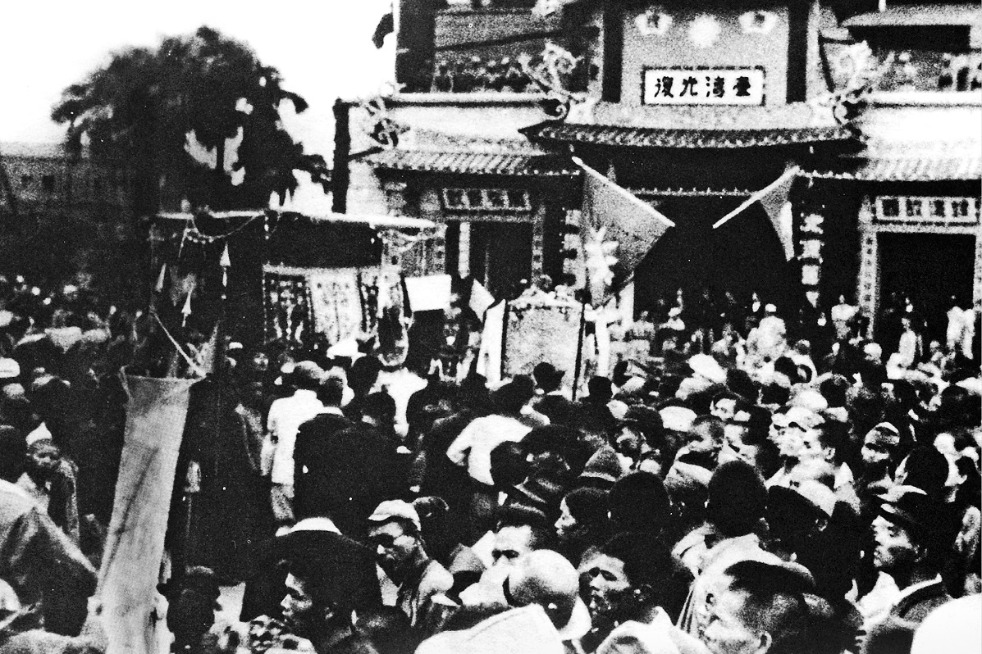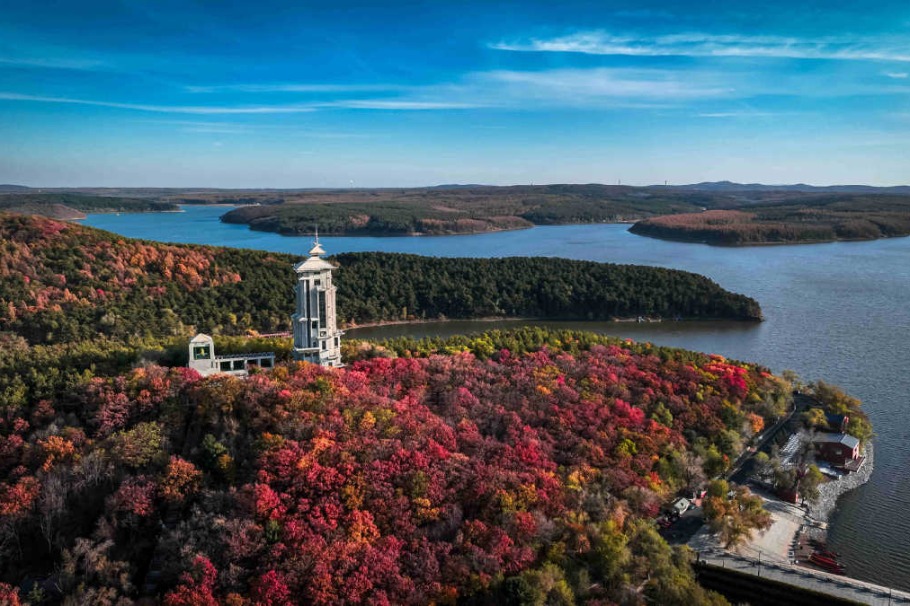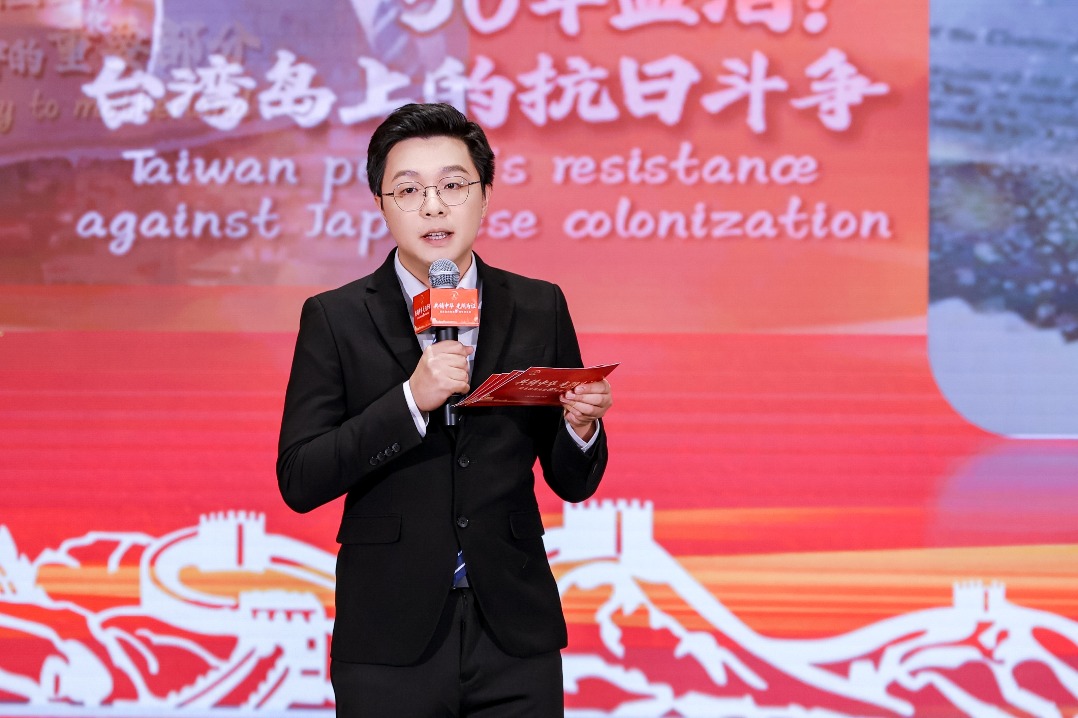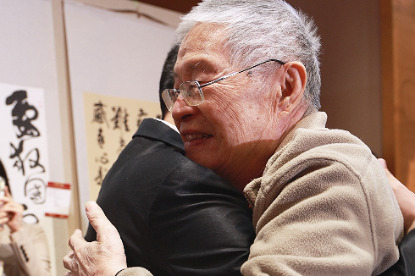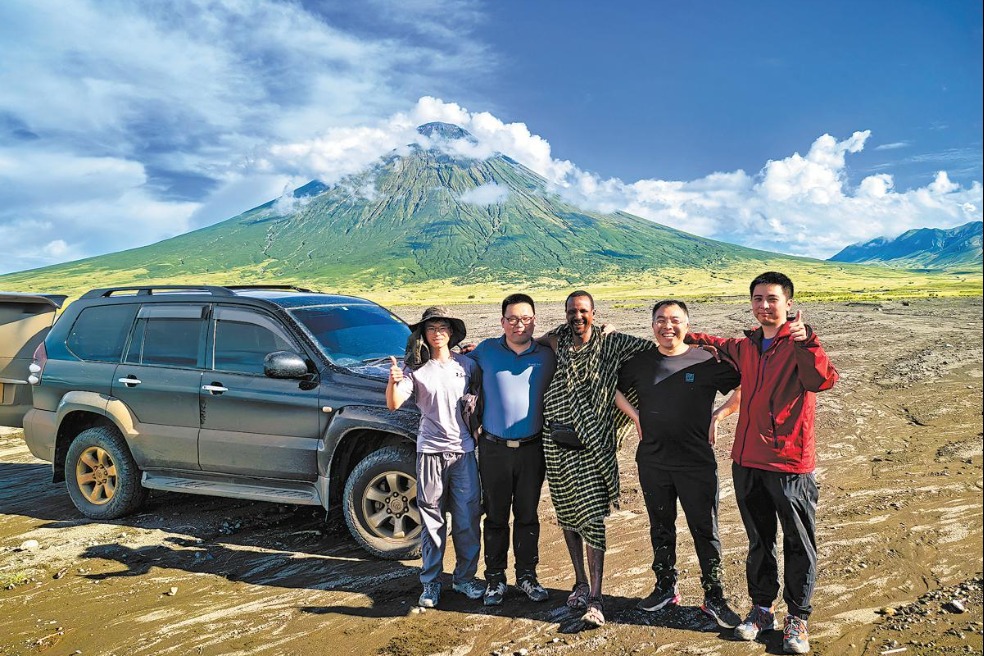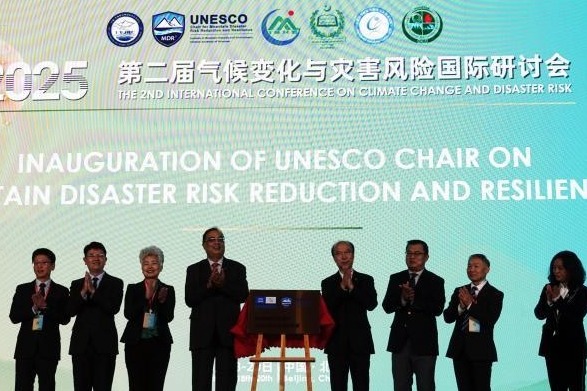Yan'an stands as a living legacy of WWII
Headquarters of radical resistance attracted thousands of writers, artists, scientists and migrant youths

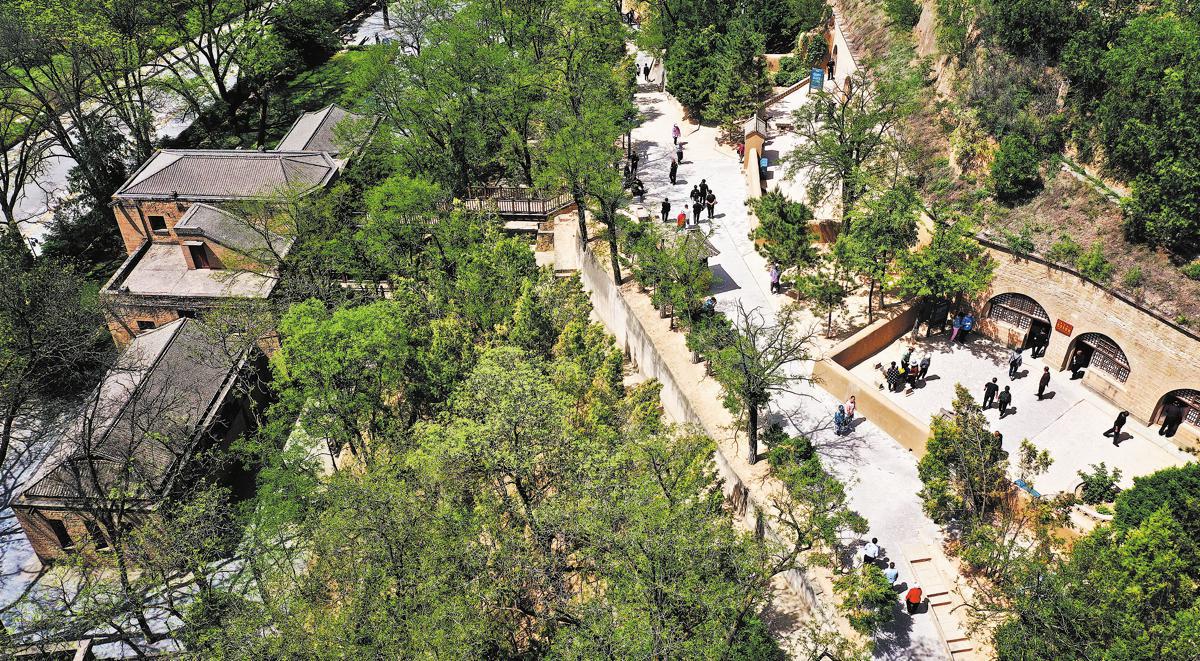
YAN'AN, Shaanxi — Even though Yan'an, located in Northwest China's Loess Plateau, remains a relatively small city, it stands as an expansive museum for the living legacy of World War II, with sites that once were wartime military camps, command centers, army colleges, and schools to educate captured Japanese soldiers.
After the Long March (1934-36), Yan'an served as the base of the Communist Party of China leadership for around 10 years from 1937 to 1947. Its typical landscape of cave homes, dug out of barren earth, became the headquarters from which the CPC led the resistance against Japanese aggression.
American journalist Edgar Snow arrived in Yan'an in 1936 and left with a wealth of interview material and photos, which later served as the basis for Red Star Over China, a book that introduced this "mysterious" stronghold to the world. Snow wrote of unmatched determination to fight the Japanese and described "a rocklike solidarity" among the people of the region led by the CPC. "As the war went on, Yan'an gradually became the command center, and the CPC-led troops and militias held down more than 60 percent of Japanese forces that invaded China," said Liu Fanchao, a researcher at Shaanxi Yan'an Cadre Academy.
As the war of resistance progressed, CPC-led bases spanned nearly one million square kilometers and were home to 100 million people, about one-fourth of the whole nation's population back then, she said.
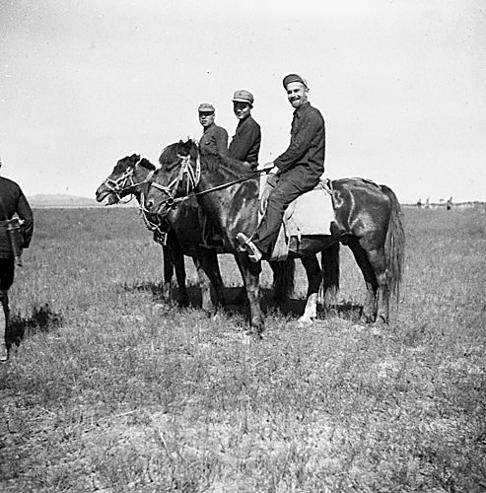
A people's war
Despite its austere simplicity, Mao Zedong's cave dwelling in Yangjialing in Yan'an is a frequently visited tourist destination. Here, amid the stark surroundings of the Loess Plateau, Mao articulated his famous dictum to visiting US journalist Anna Louise Strong that "All reactionaries are paper tigers".
"This statement underscored Mao's belief in the ultimate triumph of popular resistance over adversaries," said Liu Ting, a staff member of the Yangjialing site.
Immediately after the Sept 18 incident in 1931, which was the beginning of Japan's 14-year invasion of China, the CPC made a declaration to oppose Japanese invasion. In 1935, the CPC advocated a united front against Japanese aggression.
"The CPC actively promoted and upheld the united front, rallying forces of the entire nation," said Cao Rong, a CPC history researcher at Shaanxi Yan'an Cadre Academy.
With Yan'an as the guiding core, the Eighth Route Army, the New Fourth Army, and other armed forces battling the Japanese led by the CPC carried out guerrilla warfare in the vast rural areas.
Veteran Liu Yichou, now 100 years old, still bears scars on his head, back and hands. "In every battle, one either got injured or killed in action," he recalled. "We had a company of around 150 men. We would have been lucky if 40 could make it back. Back then, all I wanted was to drive the Japanese invaders out of my country."
The Japanese troops soon realized the strength of their opponents. In the battle of Taihang Mountains, they attempted to annihilate the Eighth Route Army who led the attacks, and only found that they had to change the commanders. Japanese officer Norihide Abe, who was known as an expert in mountain warfare, was called in. As soon as he arrived, he was killed, becoming the highest-ranking Japanese officer to fall to the Eighth Route Army.
One of the biggest difficulties the Japanese invaders encountered was that the villages were organized by the Eighth Route Army. Villagers pretended to obey the Japanese army, but secretly provided intelligence and transported supplies to the Eighth Route Army, and even took up weapons to fight alongside them.
In all base areas, the Party mobilized villagers to form defense teams. The number of militia members reached approximately 2.6 million and the Japanese invaders could not tell who was a civilian and who was a soldier.
Issei Hironaka, a historian at Japan's Aichi Gakuin University, noted that the Eighth Route Army firmly held down the Japanese troops on the North China battlefield, drained their strength, and prevented a swift end to the war.
If the Eighth Route Army had been suppressed, the war would not have dragged on for so long and the outcome would have been very different, he explained.
The cost, however, was immense. To eliminate the CPC-led forces, the Japanese army launched brutal "mopping-up operations". During one such operation in May 1942, poison gas killed 1,000 military personnel and civilians in Dingxian county, Hebei province. "Starting from October 1938, the Japanese invaders gradually shifted their main forces to combat the Eighth Route Army and the New Fourth Army, but it did not prevent the armed forces of the Party from expanding," said Li Zongyuan, curator of the Museum of the CPC.
By the end of the war, the people's army had grown to about 1.32 million and had eliminated more than 1.71 million Japanese and puppet troops, Li added.
"The Japanese army was trapped in a people's war in China and could not allocate more troops to the Pacific theater," said Liu Fanchao.
"The CPC's perseverance in the war also inspired people across the country and deterred those who wanted to surrender."
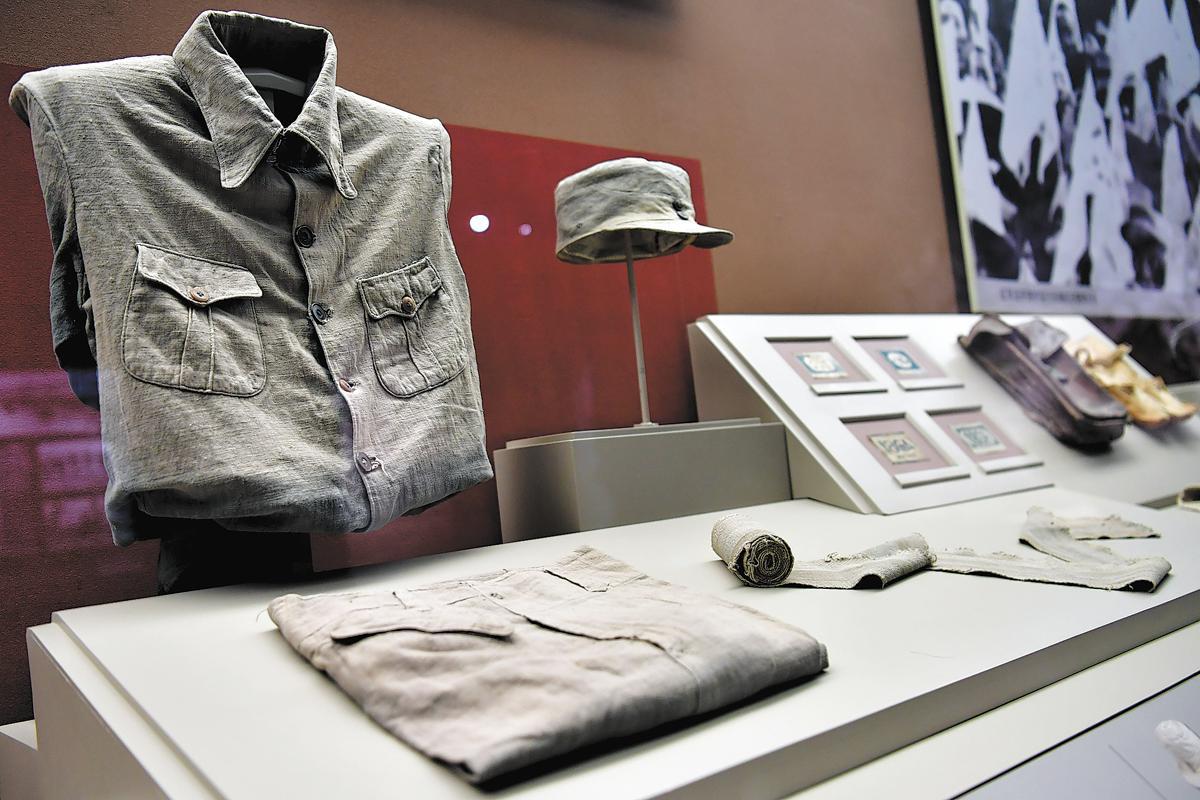
Party as a pillar
The Phoenix Mountain, or Fenghuangshan in Chinese, in Yan'an, is also home to several earthen caves. Here in 1938, Mao Zedong wrote what would become a blueprint for winning the war.
The essay titled On Protracted War mapped the war in three stages — strategic defense, strategic stalemate and strategic counteroffensive.
"Chairman Mao's vision took him well beyond the caves to be acutely aware of the situation. He believed that people, not just armies, would win," Liu Fanchao said.
The Yan'an period was a crucial stage in the development of Mao Zedong Thought, an ideology that served as the theoretical banner for guiding the war to victory and even constructing a New China, making Yan'an a "beacon" of China's future.
As a political center, Yan'an drew thousands of writers, artists, scientists and hopeful youths who trekked through enemy lines. Institutions in the city trained thousands of talent seasoned in guerrilla warfare. "The gates of Yan'an stand open all day," wrote poet He Qifang in 1938. "Young people arrive, luggage on their backs, hope in their eyes."
Writing about that period, British historian Rana Mitter noted that the powerful status of Yan'an as a beacon of radical resistance attracted large numbers of people, some 100,000 between 1937 and 1940.
US president Franklin D. Roosevelt had talks with Snow and came to understand the situation in Yan'an. His administration later sent a US Army Observation Group, or the Dixie Mission, to Yan'an in 1944.
The Dixie Mission staff's "cave hotels" remain in today's Yan'an Middle School, showing visitors the China-US cooperation of the time in fields of communications, transportation, intelligence, guerrilla warfare, weather observation, demolition and weapon development. The US reports gave positive comments on what happened in Yan'an, and highlighted its democratic political practices.
Xinhua
- Revised policies boost Guangdong women's rights in digital era
- Greener maritime equipment key to industry's future, experts say
- A 51-year-old Maasai with a thirst for knowledge
- Global geopark in Tanzania revived with Chinese aid
- Support bases make life easier for field geophysical workers
- China debuts pioneering solar telescope
















